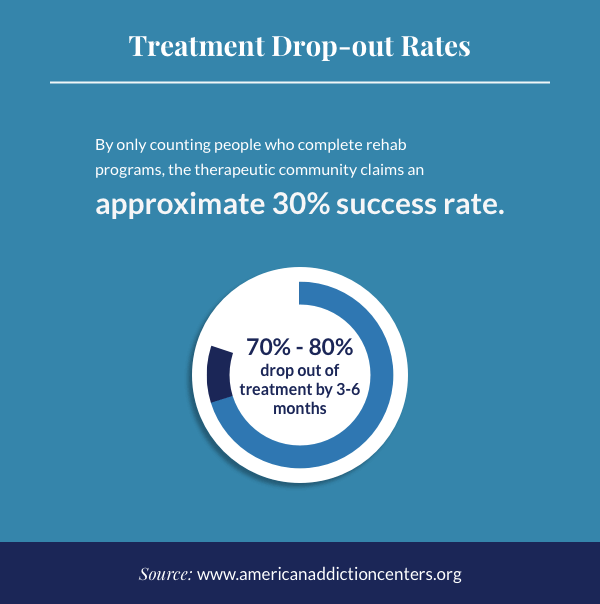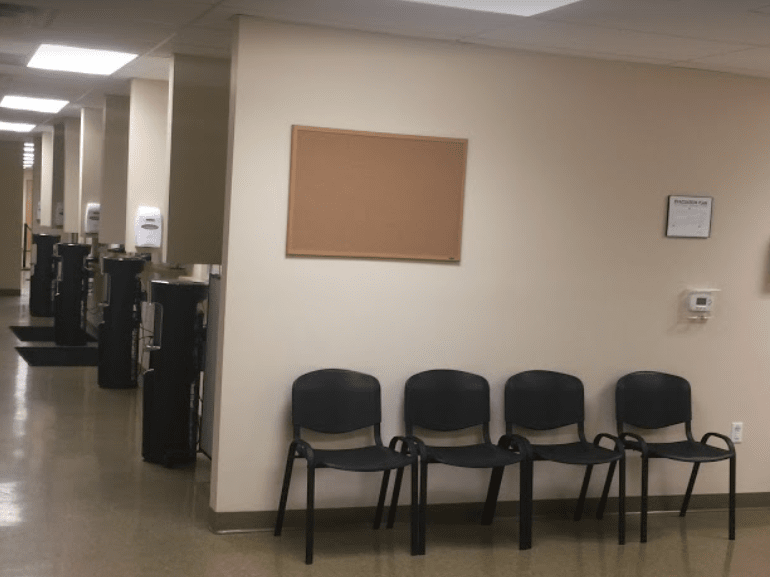The Twelve Step/Disease Model/Minnesota Model is an extensive, multi-disciplinary approach to the treatment of dependencies Addiction Treatment Facility which is abstinence oriented and based upon the concepts of Alcoholics Anonymous. There are a variety of elements that are commonly connected with main treatment when Go to this website utilizing this design and they consist of: group therapy, lectures, recuperating persons as therapists, multi-disciplinary staff, a therapeutic scene, healing work tasks, family counseling, using a Twelve Step program, daily reading (Twelve Step literature) groups, the discussion of a life history, attendance at AA/NA meetings and the opportunity for recreation/physical activity.
Local AA/NA groups supply the pillar of the aftercare stage. This model focuses on chemical reliance as the main problem. It is neither blaming nor punitive and it views seeking treatment as a suitable reaction. E.M. Jellinek was one of the most prominent contributors to the disease concept of alcohol addiction.

This phase requires medical tracking of withdrawal because of the serious symptoms that establish when alcohol intake is stopped. More recent research studies recommend that not all alcoholics reach this stage. In truth, maybe most do not. This design is by far the most widely pre-owned treatment model. Utilizing the Twelve Steps, individuals are directed through a procedure of understanding the nature and extent of their alcohol/drug problem, how their special attributes create barriers and/or strengths for recovery, and the importance of depending on a power or powers greater than themselves instead of determination.

Treatment highlights admitting powerlessness over alcohol, and advocates embracing the norms and worths of a new social group, the AA self-help group, in order to accomplish total abstaining. what is the treatment for sexual addiction. These programs typically offer the finest match for individuals with the following qualities; physically dependent on alcohol, take advantage of the assistance of a self-help group, and have a spiritual orientation.
The program capacity generally will vary in size and inpatient stays traditionally were about 28 days but have been seriously reduced mainly since of funding factors to consider. Day outpatient services and night outpatient services are topped a longer period and tailored to the requirements of the person. In addition to the therapeutic part of the program, as the name recommends, this model also takes care of the physical/health/medical needs of the patient.
Symptomatic medical treatment might be needed for malnutrition, liver problems or other health care concerns. Twelve-Step programs emphasize treatment activities such as attending Twelve Step meetings in the community and/or facility, and taking part in psychiatric therapy groups that cover topics such as working the steps, using the Big Book, and composing an autobiography.
There is also an emphasis on a strong aftercare strategy to support continuous healing after treatment conclusion. Normally, aftercare strategies incorporate securing a safe, sober living environment; going to AA or other Twelve Action assistance meetings several times each week; securing a sponsor in AA; and ongoing assistance and therapy sessions to continue the work started in treatment.
Getting My How To Become An In Network Provider For Addiction Treatment To Work
The counselor helps the person evaluate his or her environment and methods of reacting to hints to use alcohol or drugs, and develop new patterns of action to those cues. The Cognitive Behavior Modification Design is based upon cognitive treatment which is a system of psychotherapy that tries to reduce excessive psychological responses and self-defeating habits by modifying the faulty or erroneous thinking and maladaptive beliefs that underlie these responses (Beck et al.
Cognitive Behavior Modification (CBT) is especially comparable to cognitive therapy in its focus on functional analysis of compound abuse and recognizing cognitions connected with substance abuse. It varies from cognitive treatment mostly in terms of focus on determining, understanding, and changing underlying beliefs about the self and the self in relationship to substance abuse as a primary focus of treatment.
Preliminary methods stress behavioral elements of coping (e. g., preventing or leaving the circumstance, diversion, and so on) instead of thinking ones escape of a circumstance. This type of program needs involvement in relapse avoidance groups and treatment groups along with training in cognitive skills, behavioral skills, and abstinence abilities.
CBT is a short term, focused technique to helping chemically dependent people become abstinent from alcohol and other compounds. The underlying presumption is that the discovering processes play an essential role in the development and extension of alcohol and drug abuse and dependency. CBT tries to assist clients acknowledge the scenarios in which they are probably to use alcohol and/or other drugs, prevent these circumstances when suitable, and cope better with a range of problems and bothersome behaviors related to compound abuse.
Early in treatment, the functional analysis plays an important role in helping the patient and therapist examine the determinants or high-risk situations, that are likely to cause chemical use. It likewise provides insights into a few of the reasons the person may be utilizing alcohol and/or other drugs (e - where to medically assisted treatment for opiod addiction. g.
Later on in treatment, functional analyses of episodes of chemical http://donovanrors586.yousher.com/how-to-open-an-addiction-treatment-center-fundamentals-explained usage might identify those scenarios or states in which the individual still has trouble coping. Training focused on social abilities and methods to help patients expand their social support networks and build long-lasting, drug-free relationships is an important aspect of the treatment procedure.
Patients are better able to build relationships with the therapist gradually, and have more flexibility in scheduling sessions. Also, the comparatively high rates of retention in programs and studies might show, in part, specific benefits of individual treatment. CBT is generally used in 12-16 sessions, typically over 12 weeks.
The Basic Principles Of What Is The Most Successful Type Of Addiction Treatment
In most cases, this is sufficient to produce continual improvement for as long as a year after treatment ends. Treatment is typically delivered as an outpatient service focusing on comprehending the factors of compound use. By comprehending who the patients are, where they live, and how they spend their time, therapists can develop more elaborate functional analyses (how to get free meth addiction treatment for homeless man).
CBT is generally not proper for those who have psychotic or bipolar illness and are not stabilized on medication; those who have no steady living plans; or those who are not medically stable. CBT is extremely compatible with a variety of other treatments including pharmacotherapy; self-help groups such as Alcoholics Anonymous; family and couples therapy, occupation therapy, and parenting skills training While Twelve Step conference attendance is not needed or motivated in CBT, some patients find attending meetings valuable in their efforts to end up being or stay abstinent.
However, therapists will also motivate patients to develop a series of other techniques. The qualities that identify CBT from other treatment techniques consist of: functional analyses of compound abuse; personalized training in acknowledging yearning, handling ideas about substance use, problem-solving, planning for emergency situations, acknowledging seemingly irrelevant decisions, and rejection skills, assessment of the clients cognitive process connected to substance use, the recognition and debriefing of past and future high-risk scenarios, the encouragement and review of extra-session execution of abilities and the practice of abilities within sessions.